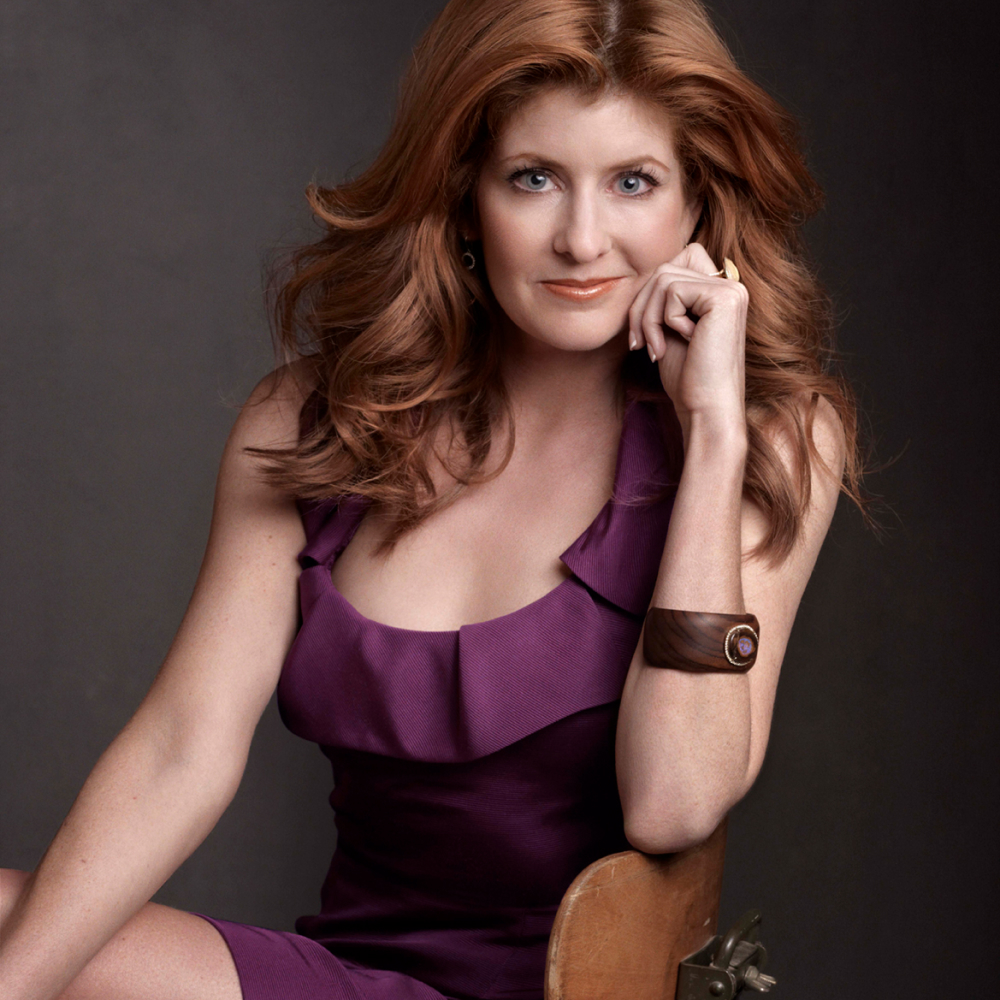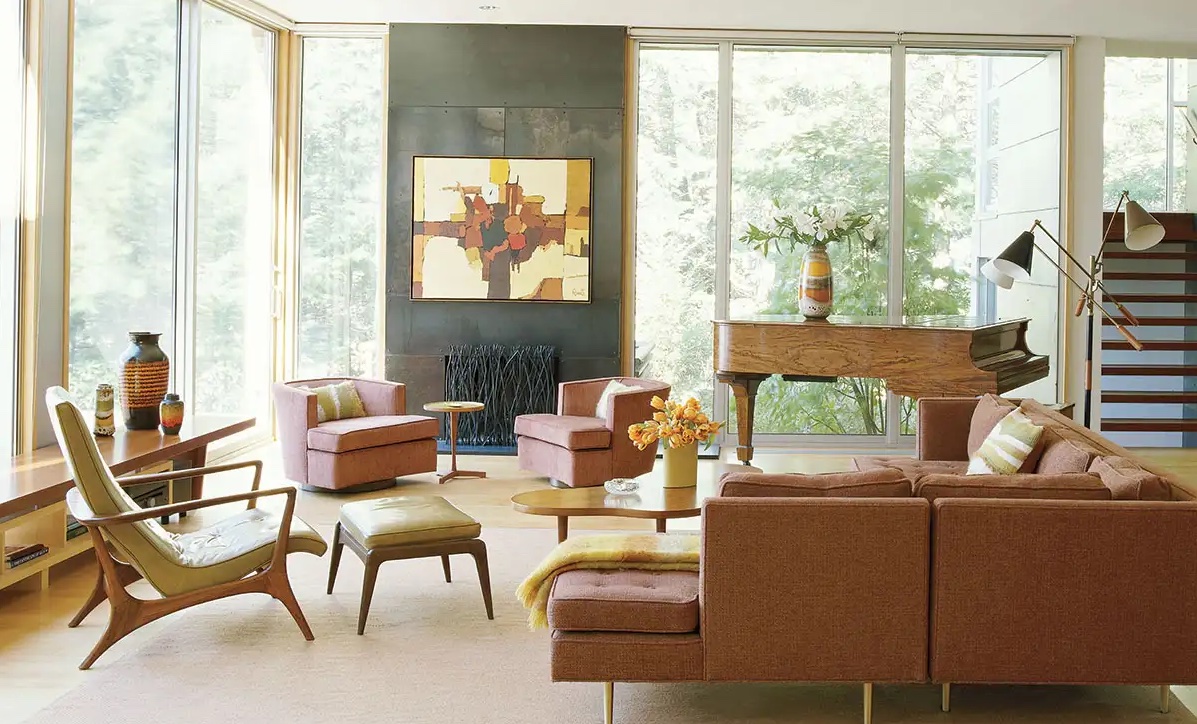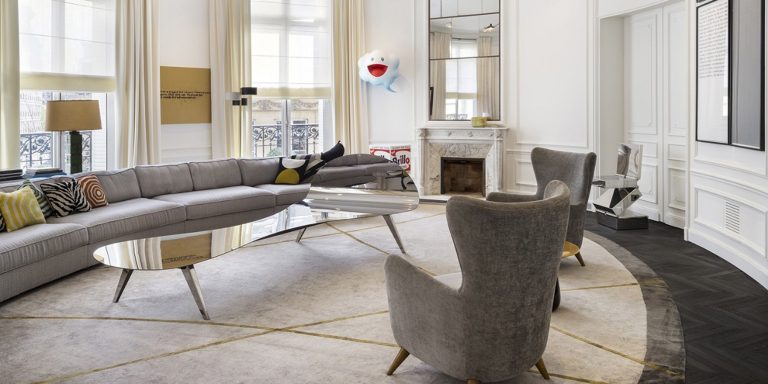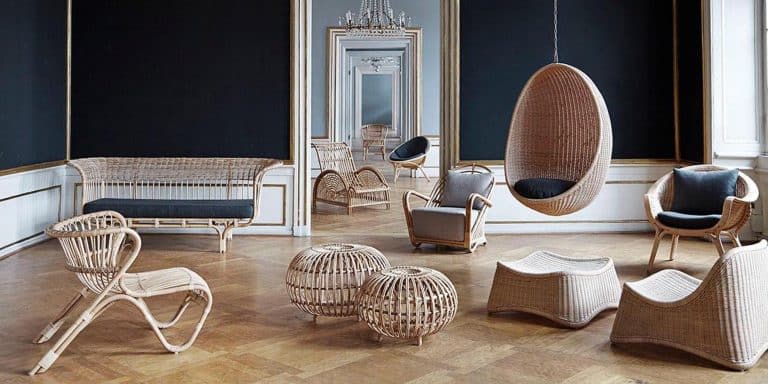January 26, 2025Amy Lau was the red-hot center of the design world. People were drawn to her, not so much for her appearance, which was striking, or her talent, which was vast, but for her ability to make them feel special. She “radiated goodness,” had an “inner glow” and “lit up every room she entered” — these phrases have appeared on social media hundreds of times since January 17, the day Lau died after a torturously long battle with cancer. Her extreme kindness never dissipated during the fight of her life, and she betrayed no signs of the considerable toll her illness was taking on her until she missed the opening of her own gallery, at 200 Lexington Avenue in Manhattan, last September. She was 56.

As much a curator as a decorator, she filled rooms with significant pieces that could someday end up in museums. To achieve this, she not only selected the best antique and vintage furniture but also acted as client, cheerleader and muse for a roster of contemporary makers. They included Vladimir Kagan, of the swoopy sofas, whom she considered one of her best friends; and Michael Coffey, of the intricate wood carvings. She used the largesse of her wealthy clients to enable these artists to do things “that they always dreamt of doing,” she said in 2020. “I push them to go to the limits, and they end up with something they’re unbelievably proud of.”

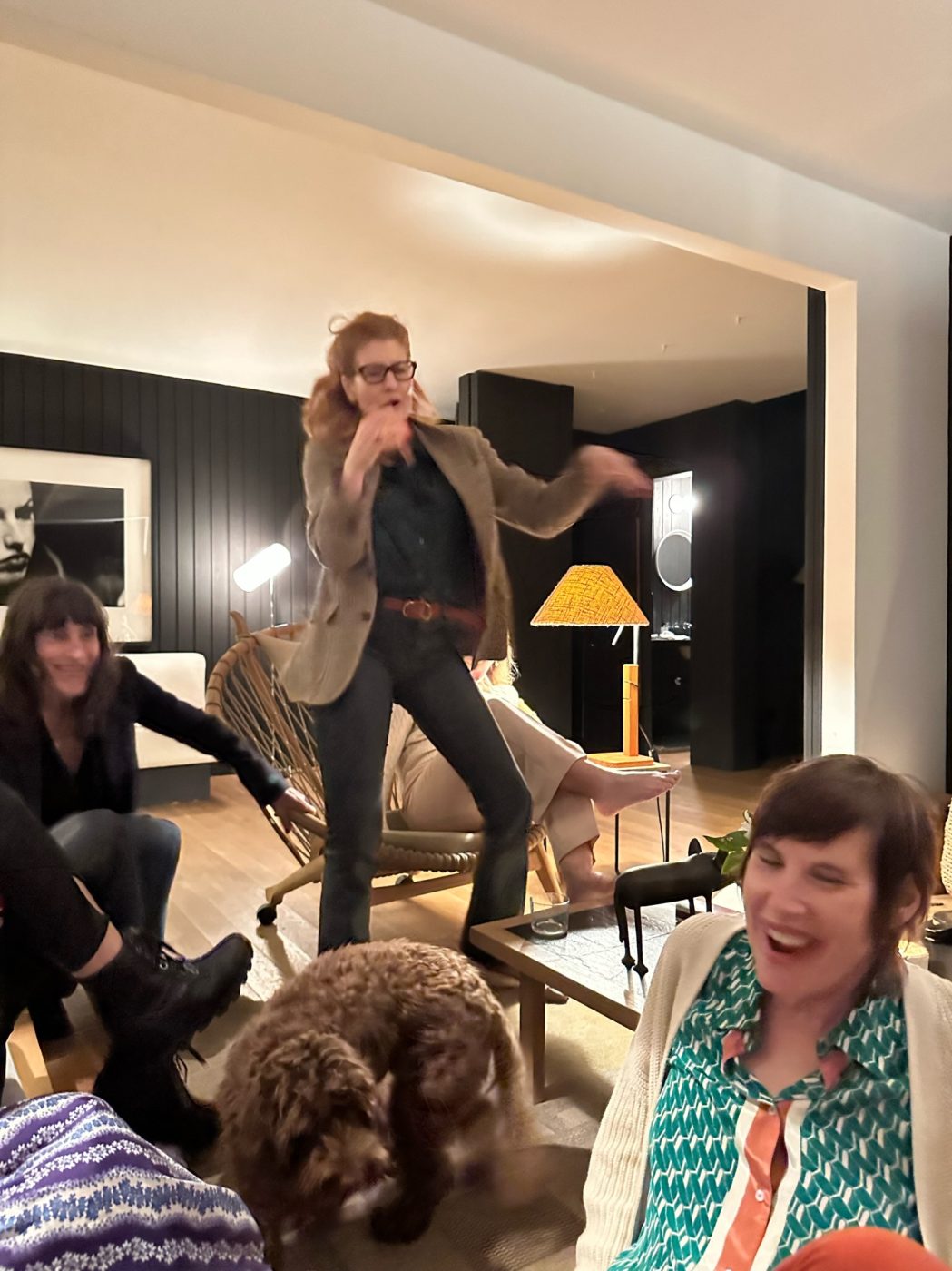
Lindsey Adelman, one of the most prominent makers of her generation, can attest to this. Lau gave her “the most incredible opportunities,” coupled with “pure freedom in every project,” Adelman says. “She pushed me to see what I could do.”
Lau’s goal was to enhance her clients’ connections — both intellectual and emotional — to good design. For Edgar and Clarissa Bronfman, she commissioned a rug by Colombia-based atelier Hechizoo in colored wool and metal fibers that not only complement the couple’s collection of Latin American art but also recall Clarissa’s childhood in Venezuela. That, said Lau, “is what I try to do with each client: something that speaks to them directly.”
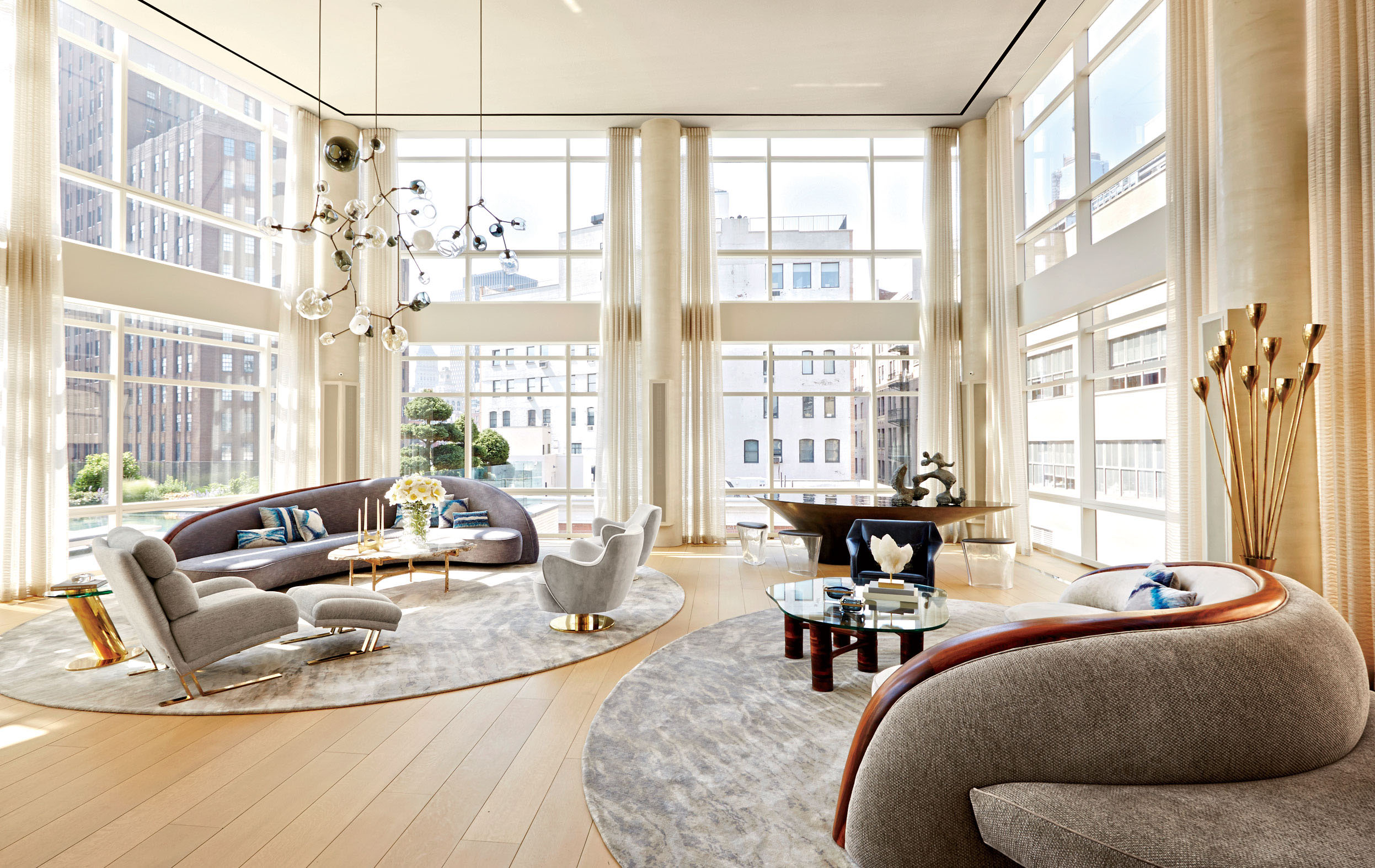
“Amy poured her heart into everything she did, effortlessly adapting to her clients’ tastes with grace and humility. There was never an ounce of pretentiousness or ego in her,” Clarissa tells Introspective, adding, “She had a rare and beautiful ability to celebrate other women’s successes — whether they were her closest friends or mere acquaintances.”
A graduate of the University of Arizona, where she studied art history, and Sotheby’s Institute of Art in New York, Lau worked well with both women and men. She served as a director of Thomas O’Brien’s Aero store in the mid-1990s and then in the same role at the Lin-Weinberg Gallery, which specialized in mid-century design, one of her many areas of expertise. Founder Larry Weinberg recalls “her unflagging energy, her infectious enthusiasm and her curiosity.”
“Amy’s aesthetic vision helped shape the presentation at the gallery,” Weinberg adds. “But equally important was the way she made clients feel each time they visited — her kindness and generosity of spirit fostered long-term relationships with many.”

In 2005, she cofounded the fair that became Design Miami. Around the same time, the work of her New York firm, Amy Lau Design, began turning up in every major design magazine. (Her 2011 book, Expressive Modern, from the Monacelli Press, collected 13 of her favorite projects.) Lau also designed patterned cowhide rugs and pillows for Kyle Bunting; colorful wool-and-silk rugs for Doris Leslie Blau; tie-dyed wall coverings for Maya Romanoff; a collection of printed, woven and embroidered fabrics for S. Harris; and tiles for Heath Ceramics. And she indulged her love of selling with the new gallery and a 1stDibs storefront. Lau’s products, as well as the rooms she designed, resembled their creator: colorful and upbeat, impressively pedigreed but never staid or stuffy.
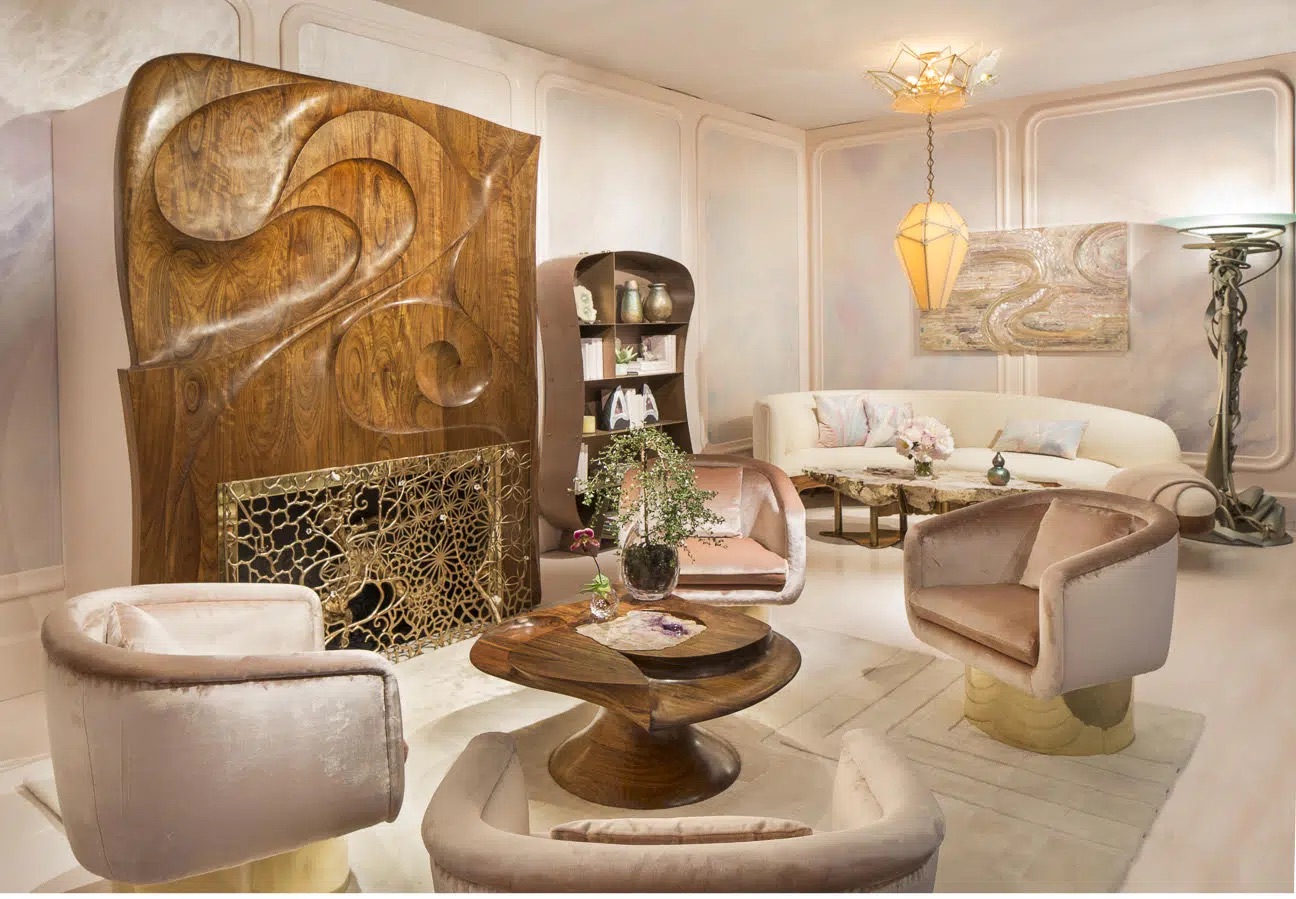
In 2012, she received an honorary doctorate from the New York School of Interior Design, and in 2017, she became the first interior designer to exhibit at Salon Art + Design. “Amy approached us,” recalls Salon’s then executive director, Jill Bokor, “with a proposal for an elegant, romantic display of original Art Nouveau furniture, accentuated by contemporary works by David Wiseman, Joseph Walsh and Xavier Lust. Salon had never previously considered giving a platform to a non-gallery exhibitor,” Bokor continues. “And if it had been anyone else, we probably would have said no. But it was Amy. As ever, she created something fantastical and thought-provoking.”
